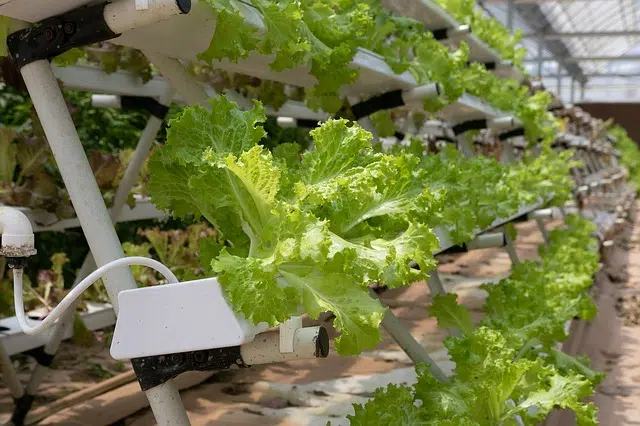
Hydroponics allows cultivation without soil
General characteristics
For the development of hydroponics, the nutrients that plants need are dissolved in water. The usual thing is that the roots of the plants are suspended, although sometimes a support of gravel or sand is used.
Thanks to the dissolution of minerals in the water, the roots absorb the nutritional elements essential for the growth and subsistence of the specimen. In traditional agricultural practices, vegetables find nutrients in the soil , while with hydroponics this reserve is found in the aqueous solution.
Hydroponics appears as an ideal option in regions with little availability of agricultural land or whose soil has been degraded. It is possible to start a hydroponic crop with little space and a low investment.
Advantages of hydroponics
Among the advantages of hydroponics over other agricultural practices are resource savings (the water used can be reused), the safety of the food obtained (since no fertilizers or chemicals are used) and productive stability throughout the year. .
Another benefit of hydroponics is speed . From the moment the seed germinates until the lettuce harvest can be harvested, to mention one case, only sixty days pass.
If hydroponics is developed in greenhouses , it can also be carried out in hostile climates. This makes it possible to guarantee the availability of vegetables in any season, for example.
History
Although hydroponics is not as old as other techniques related to agriculture, the first evidence of its implementation dates back several centuries . However, it is important not to confuse certain past practices with hydroponics, even if they share some of their characteristics.
Two examples of gardens that should not be confused with hydroponics are the following: those that the Aztecs made with a kind of raft that they covered with earth (the so-called chinampas ); the Pendants of Babylon , which were irrigated from the roof.
On the other hand, it is believed that in the ancient Roman Empire certain hydroponic practices were carried out to grow some species of vegetables in environmentally controlled areas. For example, Emperor Tiberius Julius Caesar Augustus , who ruled between the years 14 and 37 and belonged to the Julio-Claudian dynasty, took advantage of them to cultivate cucumbers.
Already in the 4th century BC. C. hydroponics began to be studied formally, although today we do not have written documents prior to the 17th century, a time in which Jan van Helmont , a native of Belgium, wrote down his experience in plant nutrition with water. The first published work, on the other hand, is due to Francis Bacon , in the year 1627.

It is necessary to use a mineral solution for nutrition
Nutrient solution
Mineral solutions to obtain the nutrients necessary to grow crops in this way were only developed in the 19th century. We are talking about the thirteen elements of mineral origin that are used to provide plants raised through hydroponics with the essential resources for their development: nitrogen, potassium, phosphorus, calcium, magnesium, sulfur, iron, manganese, zinc, boron, copper, silicon, molybdenum .
We must not forget that this group of techniques that encompasses the concept of hydroponics is used precisely in cases where the person does not have soil suitable for agriculture. Even in areas where crop development was possible in the past but the soils have been deteriorated by bad practices, it can be an ideal alternative to not stop production.
